Leafy vegetables are more nutritious, have fewer calories than other vegetables, and are easier to grow. Most leafy vegetables can be grown in relatively short, cold seasons, making them more available for fresh harvest than other crops. With proper planning, fresh, leafy vegetables can be harvested throughout the season. Keep the leafy greens constantly moist and plant the seeds quickly to avoid bitterness. Regular liquid feeds encourage healthy, strong growth. Let’s check out how to grow leafy vegetables in the USA.
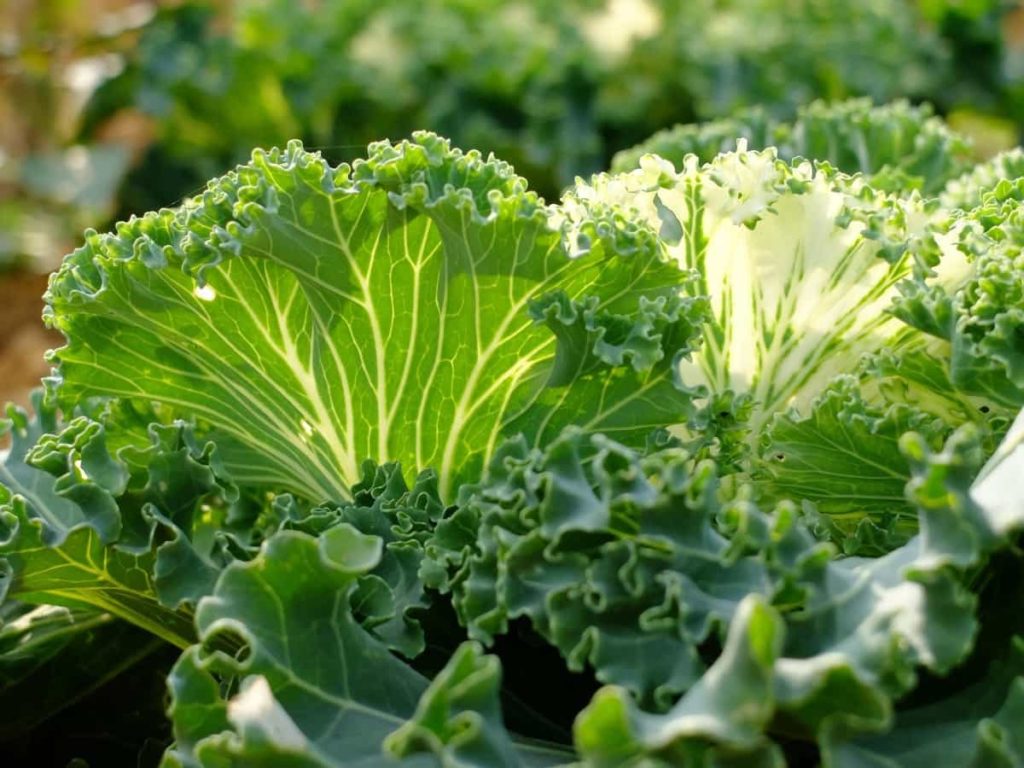
Arizona and California make up about 90% of all leafy vegetables grown in the United States. During the winter months, leafy vegetables are grown almost exclusively in the Arizona and California counties across the Colorado River. Leafy vegetables grow best in open, shallow areas where the soil is loose, well-drained, and well-drained. Although leafy crops tolerate better shade than plants grown for their fruits or roots, at least six hours of sunshine a day can help ensure a high-quality crop.
Most leafy green crops have similar spacing and sowing requirements. Farmers should buy the best quality seed available to help ensure germination uniformity, leading to further plant growth. Irrigate green leafy vegetables as required. Care should be taken not to sow seeds in dry land and irrigate immediately after sowing. It prevents seed germination properly.
How to grow leafy vegetables in the USA
Important leafy vegetables are grown in the USA
Spinach
Spinach belongs to the Amaranthaceae family. California is the largest Spinach-producing state. With almost year-round production in the coastal valleys, it produces about 65% of all acres in fresh Spinach production. Spinach is on the rise in the United States, driven by fresh market use. After China, the United States is the world’s second-largest Spinach producer, with 3% of world production, accounting for 85% of production.
In case you missed it: Sugarcane Farming in the USA: How to Start, Production States, Ideas, and Tips
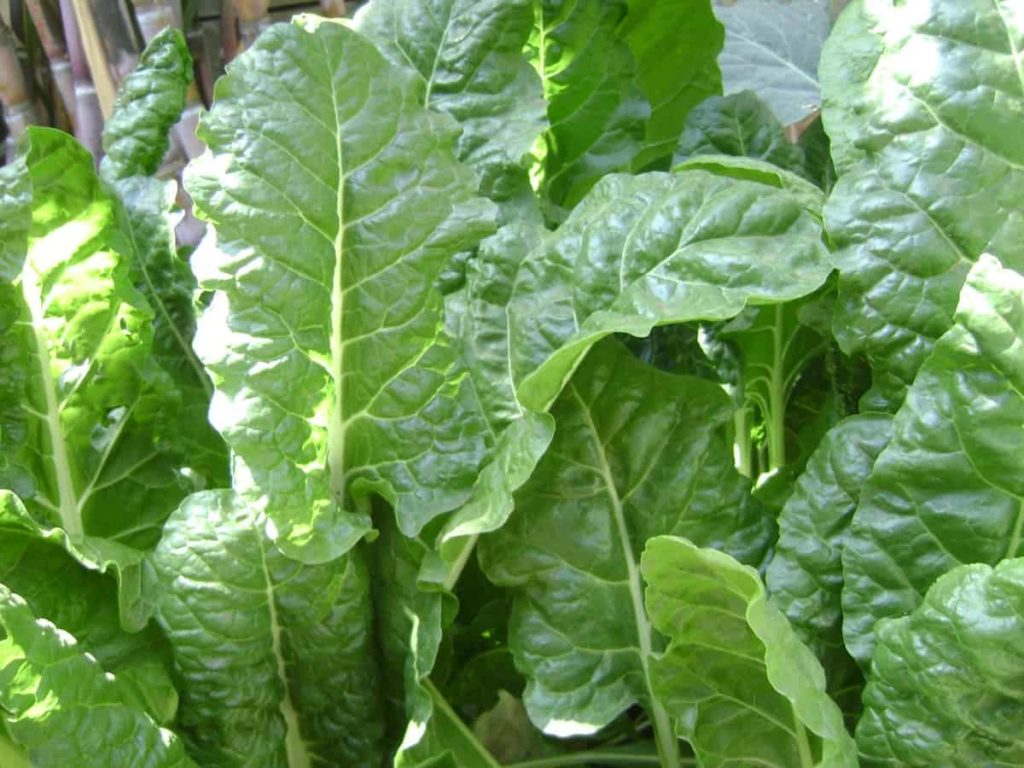
Spinach-producing states in the USA
Four states, California, Arizona, New Jersey, and Texas, grow 98% of the commercially grown fresh Spinach market in the United States; the average yield of fresh and processed Spinach was approximately 14,400 pounds per acre. Spinach grows best in cold weather and goes to seed quickly in hot weather. If protected from mulch, it can be sown in fall/autumn and winter.
New Jersey, Arizona, and California are the top three Spinach-growing states in the United States. California produces 72%, Arizona 12%, and New Jersey 3% in the United States. The other 12 states in the United States grow Spinach on at least 100 acres. Spinach is an annual leafy green vegetable that grows best in cold weather. There are many different types of Spinach in appearance. Most of the leaves are smooth and medium to dark green.
The ideal place to plant Spinach is good soil drainage and plenty of sun. This vegetable is mainly grown in coastal valleys throughout the year. Coastal valleys produce about 65% of all fresh Spinach grown in the USA. Nevertheless, the above states produce 98% of the fresh Spinach sold commercially in the US market. Spinach prefers soft, organically rich, well-drained soil. And it prefers fairly neutral soil pH. It takes only 40-45 days to reach its cultivating capacity for Spinach. Therefore, it often allows for continuous planting, depending on your climate.
Spinach is a cold-weather crop that bolts at warm temperatures and is best suited for USDA Zone 5-10. If the temperature is above 26°C, provide shade to the plants. One of the great benefits of container-grown Spinach is that it can be easily moved around. Also, look for varieties that can absorb heat if you live in a hot area.
The price of fresh Spinach has more than doubled in the last decade as strong demand has boosted production, while inflation-adjusted prices have remained largely stable. In California, Spinach accounts for about three-quarters of the cost of both fresh and processed crops. US Spinach production accounts for about 3% of the global Spinach supply, and the majority is grown in California (69%).
In addition, the United States is the world’s largest exporter of Spinach. Grow Spinach in moist soil filled with good soil air. Poor and dry soil only encourages Spinach to go to seed. It is best done with evenly moist soil, but try not to spray water, so the leaves are not so dirty. You can plant grass around the plants to help retain moisture and keep the soil away from the leaves. Spinach is a weak competitor, so keep the Spinach bed free of grass.
To avoid damaging the shallow roots of Spinach plants, pull out small herbs or cut large ones above ground level. The state of Washington produces up to 75% of American Spinach seeds, which is 8-10% of world production. About 2000-3000 acres of Spinach have grown for seed annually in Washington.
Mint
The USA is the world’s largest producer of Peppermint and Spearmint. Mint was grown in Europe and brought to the United States by English colonists who grew it in Massachusetts and New York. Mint production gradually shifted to the West with early settlers. In the USA, Mint is known for its consistency and purity. Two varieties of Mint are commercially produced Peppermint and Spearmint.
In case you missed it: Wheat Farming in the USA: By State and Production
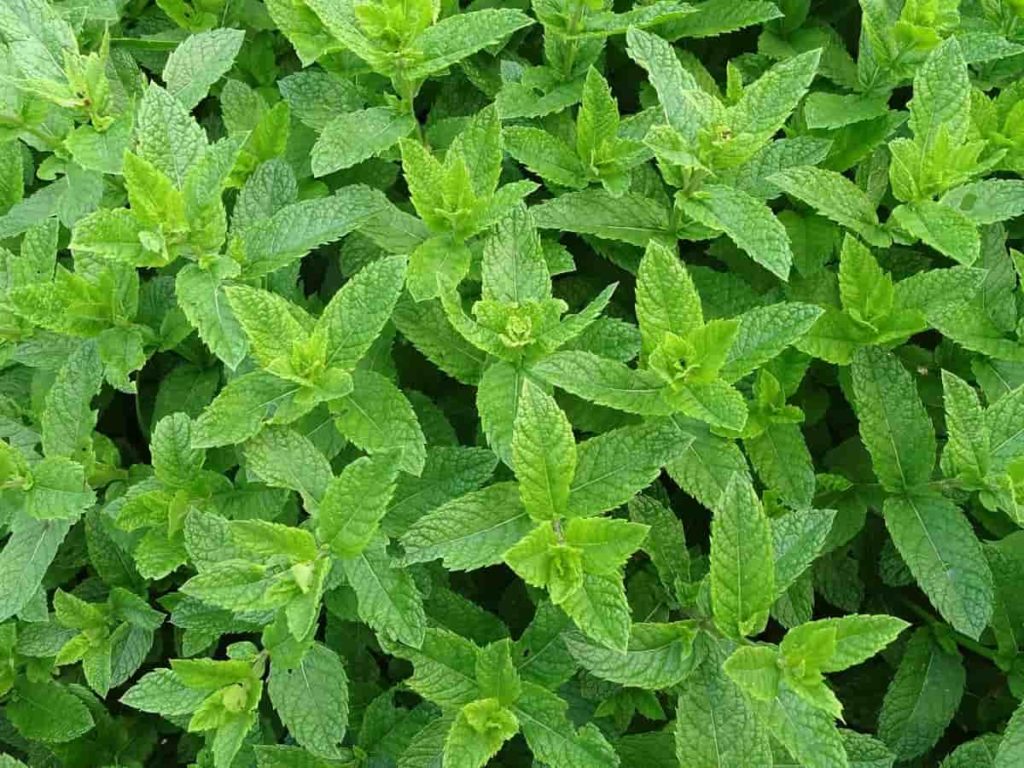
In the United States, Peppermint production is concentrated in the northwestern states of Oregon, Washington, and Idaho, accounting for 84% of US Mint production. In addition, the United States supplies more than 70% of the world’s Peppermint and spare parts.
Mint producing states in the USA
Oregon, Washington, Idaho, Indiana, California, and Wisconsin are the top Peppermint-producing states. At the same time, Washington, Oregon, Indiana, Idaho, and Michigan are the top Spearmint-producing states. Feed the Mint plants during the growing season (spring to autumn) if you have nutrient-deficient soil. If you already have enough garden soil, you probably won’t need to add extra fertilizer to your Mint.
Container-grown plants and plants grown in nutrient-deficient soils will benefit from being fed with a balanced, all-purpose fertilizer during the growing season, which begins in the spring after plant emergence. Follow the label instructions. Annual Mint harvesting usually begins in late July or early August, when the plants are about two feet high and 10% full bloom. The crop was cut by hand like clover and then placed in windows to dry.
Once cured to the point of withering, the hay was loaded onto wagons or placed in special containers and transported to still. Idaho ranks third nationally and accounts for 17% of US Peppermint (Mentha piperita) production. Peppermint yields 95 pounds of oil per acre, and Spearmint yields an average of 103 pounds of oil per acre. Black Mitcham is the most common type of Mint grown in Idaho because of its high yield potential.
The two most commonly grown varieties of Spearmint are Scotch and Native Spearmint. Mint is one of the most difficult plants to grow because it is highly susceptible to diseases, pests, and weeds, altering oil quality and reducing yields. In addition, mint needs warm days (25°C) and cool nights (15°C) for maximum growth. The Mint plant reacts by producing oil in the glands under the leaves on bright, long sunny days.
Therefore, areas with very sunny growing climates produce high-yielding crops. Oregon ranks third in the United States for Mint production, growing 35% of the country’s pepperMint. There are 83 Mint farms on 18,000 acres in the state.
Cilantro
Cilantro (scientific name Coriandrum sativum) is an annual herb belonging to the Apiaceae family of plants. It is grown in California, Arizona, Oregon, and Washington. Cilantro grows best in cold conditions and can withstand temperatures as low as 10°C. Seeds germinate in 1-2 weeks, and the harvest takes about 120 days. Flowering usually occurs when the temperature rises. At warmer temperatures, Cilantro plants bloom 4-6 weeks after planting.
Plants prefer sunny places and well-drained soil. In the United States, Cilantro is grown commercially, mostly along California’s southern and central coasts. Major crops are harvested between March and mid-November. Cilantro requires close attention to soil conditions. Additional fertilizers with nitrogen, phosphorus, and potassium are often used to condition the soil before planting. When more than one pruning is required, a second application may be made during the growing season.
Cilantro has been cultivated and used since ancient times, and today it is grown commercially in almost every country. Cilantro should be fertilized twice. First, apply a teaspoon of ammonium nitrate by 34-0-0 or urea (21-0-0) per square foot. The most important water requirement of a plant is during germination and the formation of sprouts. Plants do not need much water once they are formed. Cilantro is grown commercially in small- and large-scale farming in almost every country globally. The largest exporter of Cilantro is Mexico.
Lettuce
Lettuce plant grows best in fields that are level and well-drained. Today, it is the largest vegetable crop in the United States in production value. More than 90% of US Lettuce production is located in California and Arizona. The main types include iceberg, romaine, and different types of leaves. Lettuce is produced throughout the United States through various productions in Arizona and California.
In case you missed it: Sheep Farming in the USA: How to Start, A Beginner’s Guide
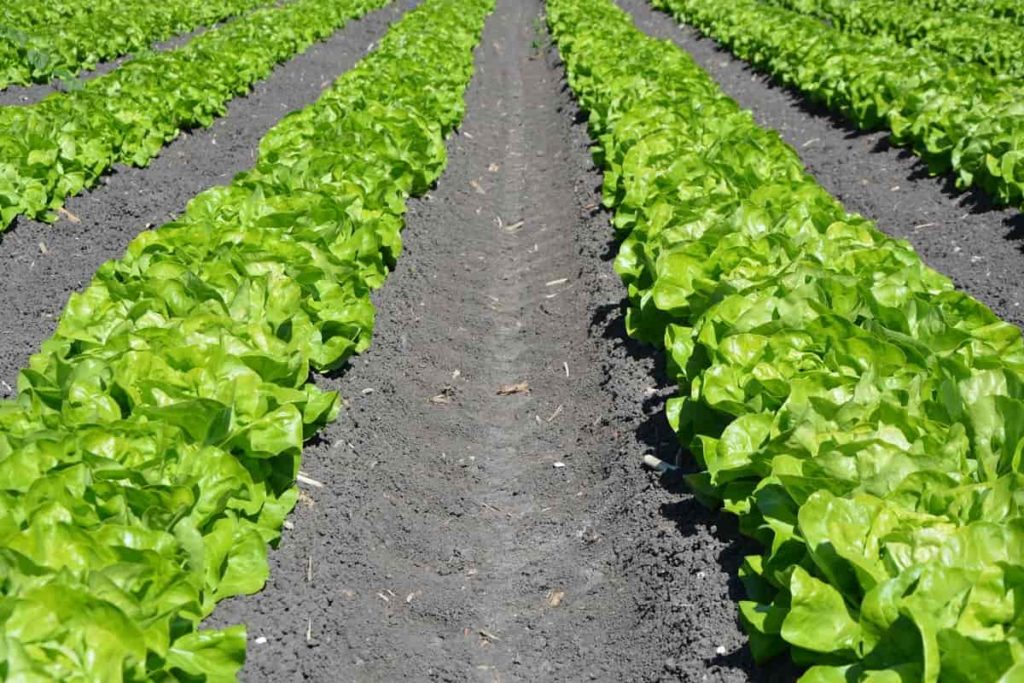
From April to October, most of the production takes place in the Salinas Valley of California, while from November to March, it takes place in Yuma, Arizona, and the Imperial Valley of California. Huron, California, is responsible for most products during the transitional period between seasons. The USA is the second-largest producer of Lettuce after China, dominating world production.
Many Lettuces are growing companies that thrive in both the northern and southern regions, and with the change of seasons, it is common for them to shift their entire harvesting and even processing and packaging activities from north to south growing areas. The green leaf industry calls the months of April and November the “transition period.” When the crop moves from southern growing areas to northern growing areas during April or from north to south in November.
During these months, your Lettuce can be from almost any growing area in California or Arizona. Lettuce is a cold-season crop that grows best with moderate daytime temperatures (23°C) and cool nights (7°C). Lettuce varieties are selected for specific planting and disease resistance. Lettuce is grown year-round in the United States. Although Lettuce is grown in many states, California and Arizona dominate American production.
In case you missed it: Pig Farming in USA: How to Start
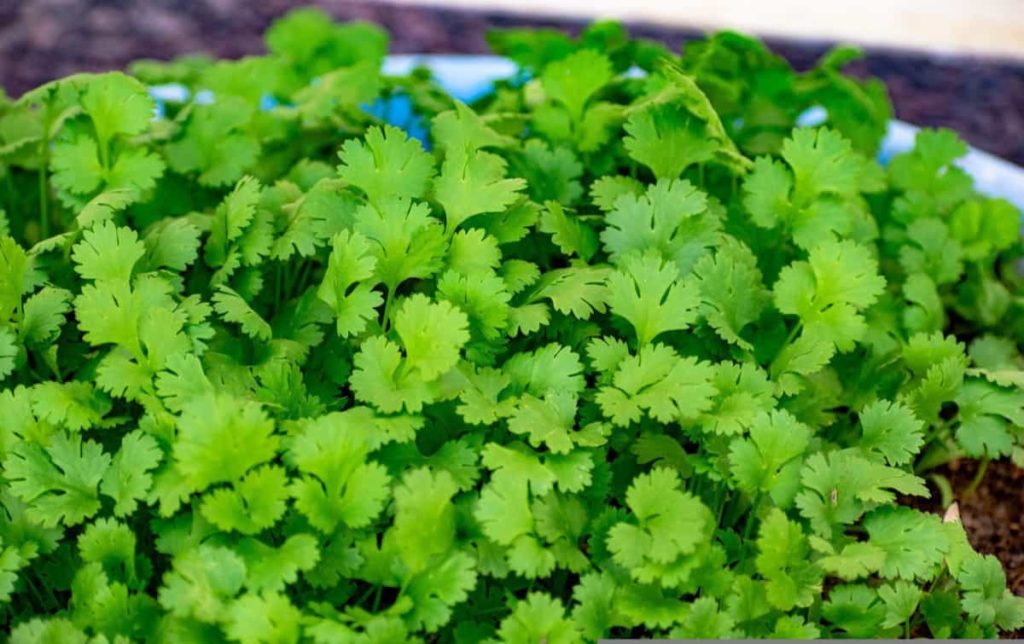
Roselle
Roselle (Hibiscus sabdariffa L.) is the Malvaceae family’s annual or perennial shrub. Roselle seeds are relatively easy to grow. It grows well in sandy loam to loamy soils with a pH of 5.5–6.8. Roselle, native to tropical Africa, is common in tropical regions worldwide. It can be grown from seed in USDA zones 8-11 and up to zone 6 in the north if it starts indoors and then transplanted outdoors.
Roselle produces attractive plants and flowers and will reach about 7 feet. Many parts of the plant, including seeds, leaves, fruits, and roots, are used in medicine or food. Roselle performs best in well-drained soils and appreciates watering when there is insufficient rainfall. However, be aware that this plant does not work well in the shade and needs a lot of sunlight to thrive. It can also be planted in Florida in August.
Endive
In Central and South Florida, it can be grown from December to March. It can be grown from September to April in North Florida, although it needs to be protected from freezes. Most of the Belgian endive production is in California, although the first stage of its cultivation can be grown in most areas. Escarole and curly endive are grown seasonally in several states, with California, Arizona, and Florida leading suppliers.
Curly endive can be grown with mild sunshine and moderate temperatures. Autumn crops are ideal because too much sun or heat can cause bitterness in the shaggy leaves. As it approaches maturity, the curly endowment is often covered to prevent the sun from reaching the plants to maintain color, softness, and flavor.
Kale
The Kale is a member of the Brassica family, including mustard, turnip, and cabbage. Kale is a cold-season crop that grows in spring and autumn and can withstand cold and mild frosts. Kale prefers cool temperatures in the spring and autumn months. Kale tastes better in cold temperatures because as the amount of sugar increases, the taste of the leaves improves. Kale grows best in fertile, well-drained loam soil with a deep, fine to medium texture.
A pH between 6.0 and 7.5 is ideal for a growing Kale plant. In addition, leafy greens like Kale have shallow roots, which help them to grow faster and produce more continuously throughout the season. The majority of Kale is grown locally in California and Georgia, and a large portion of Kale production is certified organic.
Bok choy
Planting areas should have well-drained, fertile soil where rain can irrigate the land. The site should be fully sunny for most of the day, especially if it is a fall crop. The spring crop, which is difficult due to the tendency of the plant to bend due to temperature changes, should have three to five hours of full sun and partial shade, especially in the afternoon. It is also possible to grow containers for a small Bok choy garden.
In case you missed it: Top 10 Agriculture Universities in the USA
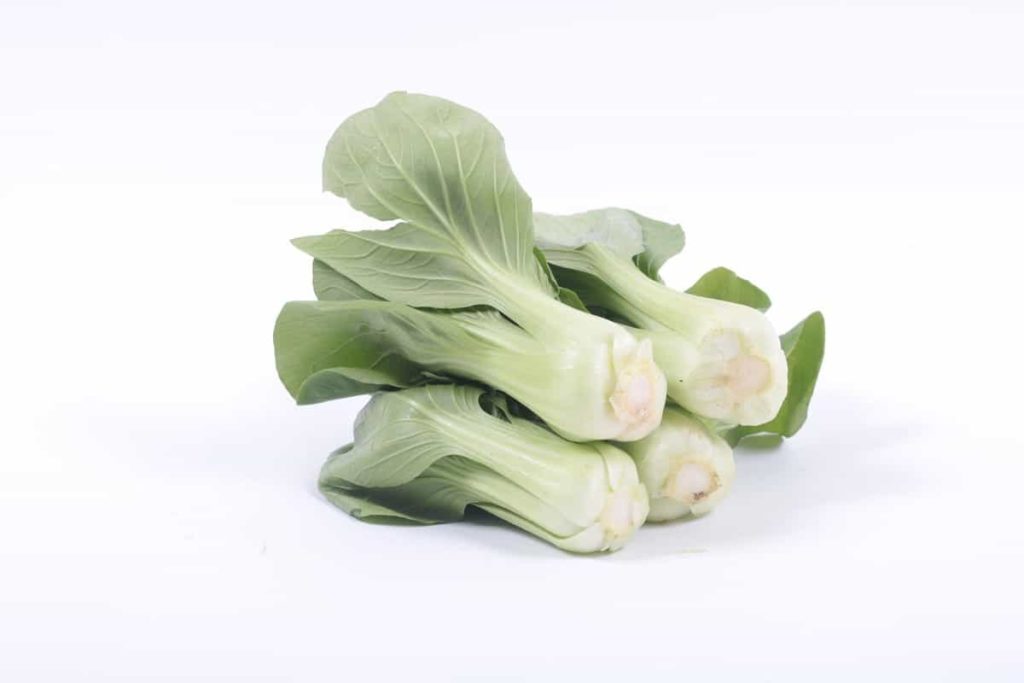
You will need well-drained soil that is rich in organic matter. About 95 million pounds of Asian vegetables, like Bok choy, are imported into the USA each year (mainly from Mexico). An additional 35 million pounds is grown in the United States, mainly in California, although some are grown here in Arizona and Texas. Bok choy grows annually in every hardy region of the United States. It performs best in cold weather. However, dry and hot conditions can cause the Bok choy to bolt prematurely.
This vegetable is not as harsh in winter as the short-leafed Asian vegetables, but with mild winters, it can be harsh for winter in USDA Hardiness Zones 4 to 7. However, it can quickly plant seeds next spring. When composting, add compost and organic manure to the soil. These plants are heavy feeders, preferring soils rich in potassium, nitrogen, and phosphorus. However organic feeding must be given at the time of planting. Chemical fertilizers should not be used during their development.
Conclusion
If you plan to grow leaf vegetables in the United States at home or on a commercial scale, this article will help you to start from scratch.
- Economical Aquaculture: A Guide to Low-Budget Fish Farming
- 15 Common Planting Errors That Can Doom Your Fruit Trees
- How to Make Houseplants Bushy: Effective Tips and Ideas
- Innovative Strategies for Boosting Coconut Pollination and Yield
- Pollination Strategies for Maximum Pumpkin Yield
- The Complete Guide to Chicken Fattening: Strategies for Maximum Growth
- Natural Solutions for Tulip Problems: 100% Effective Remedies for Leaf and Bulb-Related Issues
- Revolutionizing Citrus Preservation: Towards a Healthier, Greener Future
- Natural Solutions for Peony Leaf and Flower Problems: 100% Effective Remedies
- Maximizing Profits with Avocado Contract Farming in India: A Comprehensive Guide
- Natural Solutions for Hydrangea Problems: 100% Effective Remedies for Leaf and Flowers
- The Ultimate Guide to Choosing the Perfect Foliage Friend: Bringing Life Indoors
- From Sunlight to Sustainability: 15 Ways to Use Solar Technology in Agriculture
- The Ultimate Guide to Dong Tao Chicken: Exploring from History to Raising
- The Eco-Friendly Makeover: How to Convert Your Unused Swimming Pool into a Fish Pond
- Mastering the Art of Delaware Chicken Farming: Essentials for Healthy Backyard Flocks
- 20 Best Homemade Fertilizers for Money Plant: DIY Recipes and Application Methods
- How to Craft a Comprehensive Free-Range Chicken Farming Business Plan
- Brighten Your Flock: Raising Easter Egger Chickens for Beauty and Bounty
- How to Optimize Your Poultry Egg Farm Business Plan with These Strategies
- Subsidy for Spirulina Cultivation: How Indian Government Schemes Encouraging Spirulina Farmers
- Ultimate Guide to Raising Dominique Chickens: Breeding, Feeding, Egg-Production, and Care
- Mastering the Art of Raising Jersey Giant Chickens: Care, Feeding, and More
- Ultimate Guide to Raising Legbar Chickens: Breeding, Farming Practices, Diet, Egg-Production
- How to Raise Welsummer Chickens: A Comprehensive Guide for Beginners
- How to Protect Indoor Plants in Winter: A Comprehensive Guide
- Ultimate Guide to Grow Bag Gardening: Tips, Tricks, and Planting Ideas for Urban Gardeners
- Guide to Lotus Cultivation: How to Propagate, Plant, Grow, Care, Cost, and Profit
- Agriculture Drone Subsidy Scheme: Government Kisan Subsidy, License, and How to Apply Online
- Ultimate Guide to Raising Araucana Chickens: Breed Profile, Farming Economics, Diet, and Care
- Bringing Hydroponics to Classroom: Importance, Benefits of Learning for School Students
- Ultimate Guide to Raising Polish Chickens: Breed Profile, Farming Economics, Diet, and Care
- Ultimate Guide to Raising Australorp Chickens: Profile, Farming Economics, Egg Production, Diet, and Care
- Silkie Chicken Farming: Raising Practices, Varieties, Egg Production, Diet, and Care
- Sussex Chicken Farming: Raising Practices, Varieties, Egg Production, Diet and Care
- Homemade Feed Formulations for Livestock: Discover Cost-effective Starter to Finisher Feed Recipes